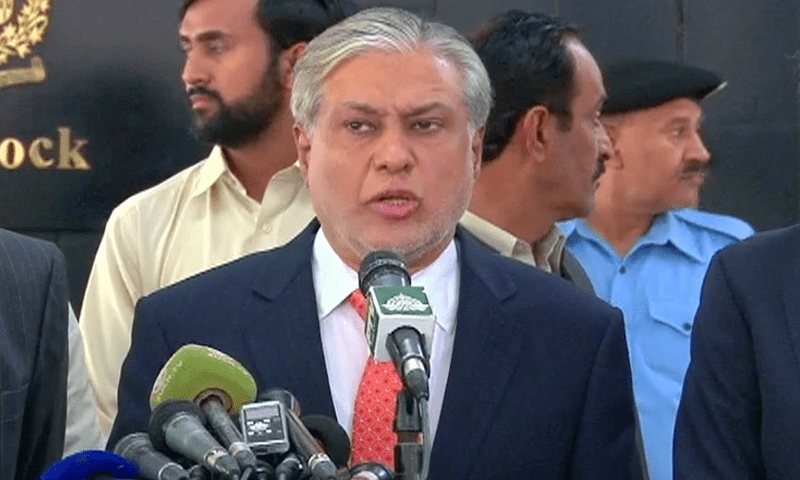
On May 7, Deputy Prime Minister and Foreign Minister Ishaq Dar disclosed that approximately 75 to 80 aircraft from the Indian Air Force were involved in the recent assault on Pakistan. He stressed that if the Pakistan Air Force (PAF) had been granted complete operational autonomy, the results of this incident would likely have been significantly altered.
In an informal conversation with reporters at Parliament House, Dar stated that Pakistan remained faithful to its pledge for peace. He emphasized that Pakistan had consistently vowed never to start a conflict, which held firm even amid this assault. Nevertheless, he pointed out that India unambiguously breached the peace through a significant aerial operation.
Dar explained that the skirmish continued for almost an hour along the Line of Control (LoC) and the international border. Even though tensions ran high, Pakistan confined its fire to the planes that immediately threatened them, demonstrating self-restraint. Consequently, five Indian combat aircraft and two unmanned aerial vehicles were brought down.
He mentioned that if the PAF had been granted complete authorization for unrestricted engagement, the impact on India would likely have been much more severe. However, the constrained reaction was a deliberate strategy aimed at containing escalation while safeguarding Pakistan’s territorial integrity.
Initial reports verified that India targeted civilian regions overnight, indicating the start of hostilities. In reaction, Pakistan responded quickly and aggressively: three Rafale aircraft were shot down, several Indian military outposts were obliterated, and a brigade command center was allegedly struck. After this counterattack, Indian troops supposedly hoisted a white flag at the Churha Complex near the Line of Control, signifying their withdrawal.
Comments
Post a Comment